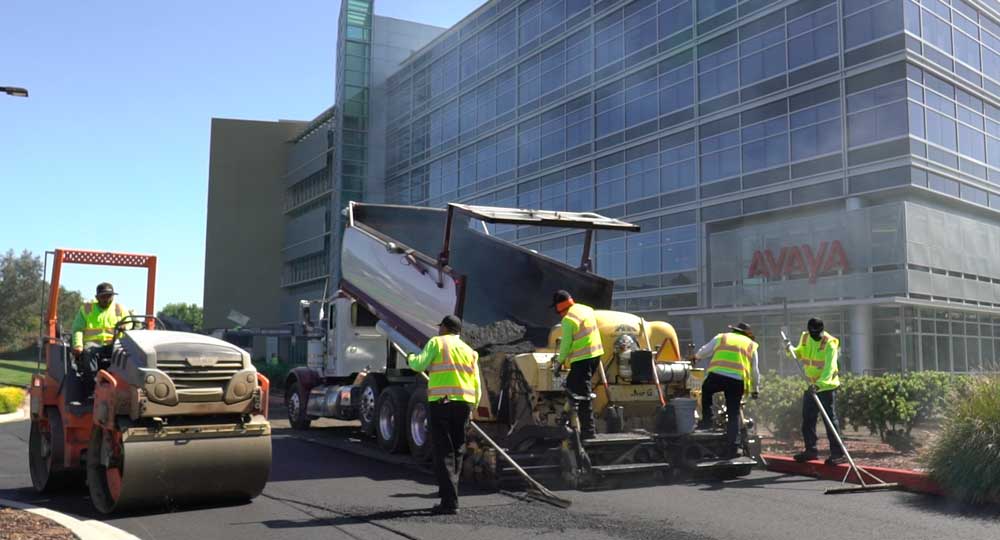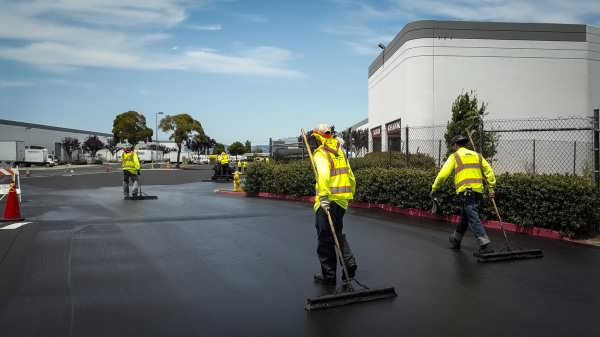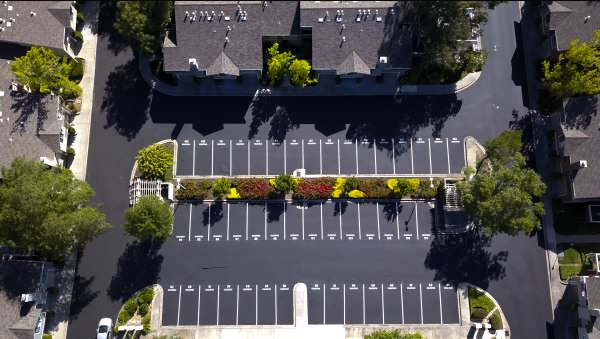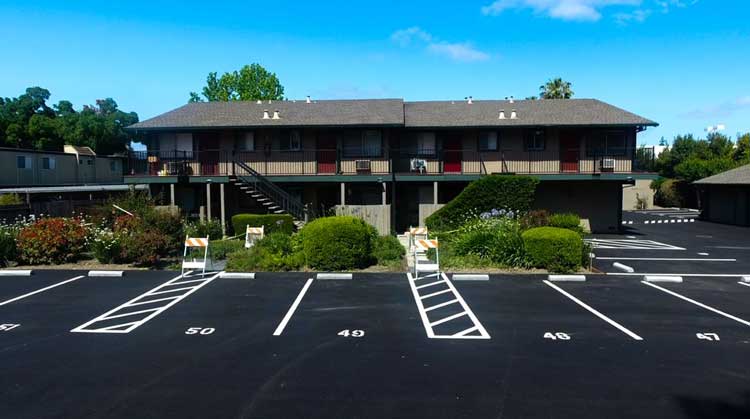
Annoying ripples and bumps in asphalt aggravate drivers, making them want to avoid problem roadways. These issues are more than just an annoyance. Rough roads accelerate vehicle wear-and-tear and present increased danger at high speeds. What causes rough asphalt roads? As pavement ages, these common asphalt maintenance problems may come to light.
Asphalt Distortions – Trouble from Down Under
Distortion from deeper underlying pavement problems may show itself as:
Rutting
Rutting includes shallow or deep surface depressions caused by subgrade deformations and may be highly jarring to travelers. Improper asphalt mixtures, poor compaction, or insufficient pavement thickness often cause rutting. Pooling water in ruts speeds asphalt erosion. Width indicates the depth of damage, with narrower grooves signaling surface failure and wider channels pointing to deeper problems within pavement layers or subgrade. Shimming may solve the issue, but complete repaving may be necessary with severe damage.
Shoving/Washboarding
Shoving shows as wavy, rippled asphalt. You’ll often find it at intersections where pavement undergoes heavy traffic and severe horizontal stress. Shoving has several possible causes: A weak, granular base, soft mixtures, fine-rounded aggregates, or too many asphalt layers could cause this issue. Patches work well with minor damage, but an overlay may be the only asphalt repair option for severe shoving.
Upheaval
When moisture or frost causes pavement to expand, the swelling and upheaval can create incredibly rough road conditions. The only repair solution for this problem is removing and refilling the affected area with a better asphalt mixture.
Depressions
Depressions formed by pavement settling, sometimes called birdbaths, results from poor construction techniques, unstable subgrade, and poor-quality aggregate. In this situation, removing and replacing the affected subgrade may be necessary.
Disintegration Damage – The Empty Road Ahead
Exposure to rain, sunlight, and roadway chemicals naturally breaks down asphalt over time. As pavement loses its natural water resistance, the following types of deterioration can occur:
Potholes
Gaping, bowl-shaped holes in asphalt typically result from subpar mixtures, weak spots in pavement sublayers, and the worsening of other forms of asphalt damage such as cracks and failed patches. Regular asphalt maintenance and repair are crucial to prevent potholes from forming. Once formed, full depth pothole repairs are the only permanent solution.
Raveling
Raveling makes roadway surfaces loose and rough, significantly reducing skid resistance. The loss of aggregate from asphalt cement, resulting in pavement loss with time and traffic, can be caused by poor quality mixtures or old, hardened asphalt. While patches may work for localized raveling, widespread damage requires removing the damaged pavement, followed by an overlay.
How Can You Prevent Asphalt Damage?
Properly constructed, well-maintained pavement can last 25 years or more. Just as building structures need regular painting to withstand the elements, asphalt requires regular sealcoating to maximize its lifespan. Crack and pothole repair, followed by sealer application every few years, is the most cost-effective way to prevent pavement damage, expensive sublayer repairs, and untimely pavement replacement.
Don’t take a wait-and-see approach to finding out what causes rough asphalt roads. Ensure a smooth ride with help from American Asphalt. Contact us at 510-723-0280 to schedule a pavement evaluation at your Bay Area, San Jose, Vacaville, Pleasanton, Oakland, or Fairfield property today.
Related Blog Posts


